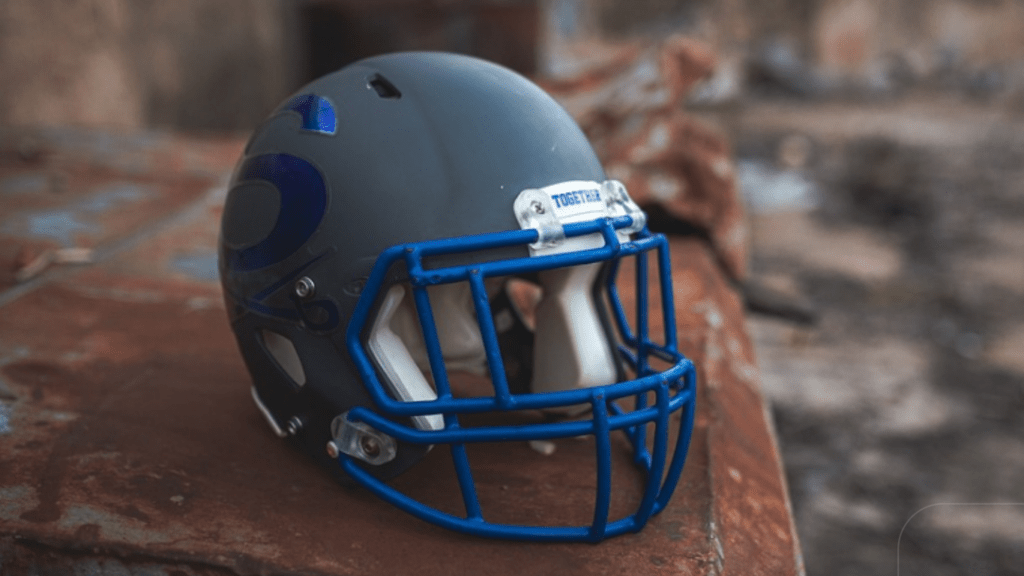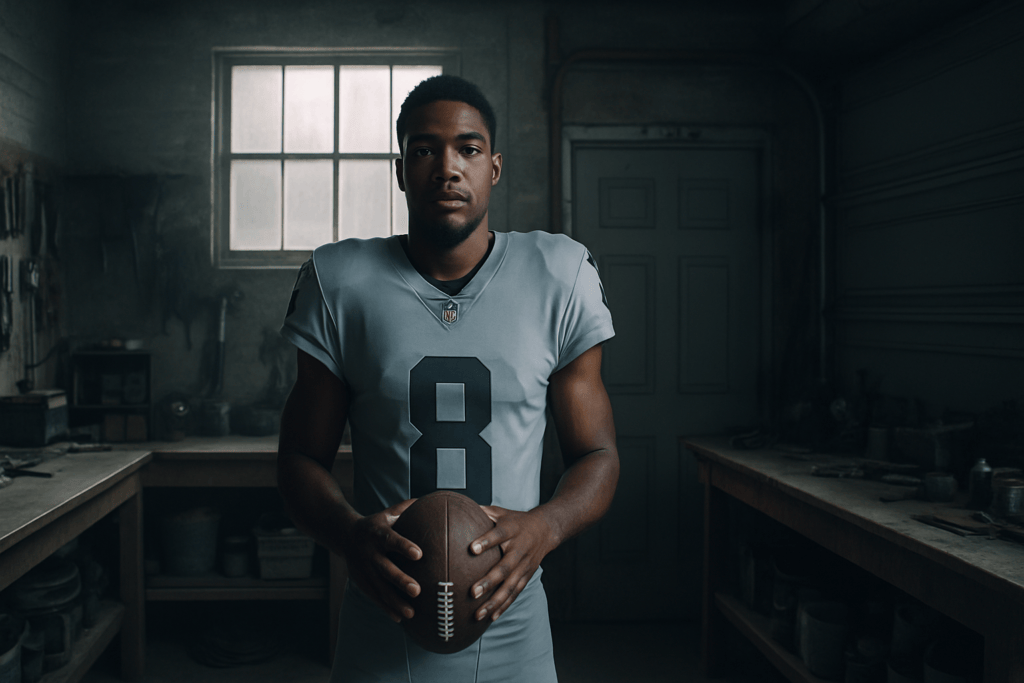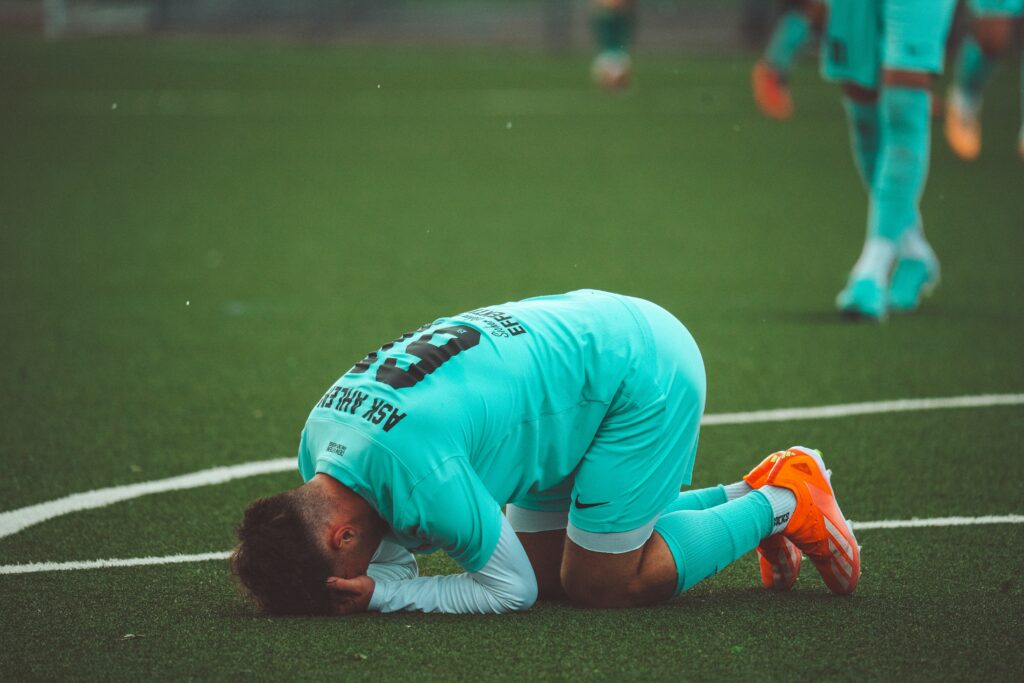Ensuring the safety of athletes is paramount, and when it comes to football, the importance of a properly maintained helmet cannot be overstated. As a football player myself, I understand the significance of protective gear in preventing serious head injuries on the field. In this article, I’ll discuss the crucial aspect of helmet safety and shed light on when it’s time to replace your football helmet.
Over time, wear and tear can compromise the effectiveness of a helmet, putting players at risk during games and practices. Recognizing the signs of deterioration and knowing when to invest in a new helmet is key to staying safe while playing football. Join me as we explore the guidelines for helmet replacement and prioritize player safety in the game we love.
Helmet Safety: When to Replace Your Football Helmet
Ensuring player safety in football is paramount, particularly when it comes to the reliability of their helmets. Recognizing signs of wear and tear is crucial. Here are the key indicators that indicate it’s time to replace your football helmet:
- Age: Helmets have a limited lifespan due to wear and tear. As a general guideline, it’s recommended to replace a football helmet every ten years to ensure optimal protection.
- Visible Damage: Inspect your helmet regularly for any visible signs of damage, such as cracks, dents, or loose parts. Even minor damage can compromise the helmet’s integrity and impact absorption capabilities.
- Recertification: Helmets should meet safety standards set by organizations like NOCSAE (National Operating Committee on Standards for Athletic Equipment). If your helmet is not recertified or fails to meet current safety requirements, it’s time for a replacement.
- Fit Changes: As players grow or change hairstyles, the fit of the helmet can be affected. A loose or ill-fitting helmet can increase the risk of injury due to inadequate protection. If adjustments cannot ensure a proper fit, consider getting a new helmet.
- Previous Impact: If your helmet has sustained a significant impact, whether in a game or practice, it may no longer provide adequate protection. Even if there are no visible signs of damage, the structural integrity of the helmet could be compromised.
By staying vigilant and proactive in monitoring the condition of your football helmet, you can prioritize player safety on the field. Regular inspections, adherence to safety standards, and prompt replacement when necessary are essential steps in safeguarding against potential head injuries in football.
Importance of Regular Helmet Replacement
Ensuring that football helmets are in top condition is vital for player safety. As helmets age or sustain damage, they may not offer sufficient protection, increasing the risk of head injuries. Regularly replacing helmets when needed is crucial to maintaining safety standards in football.
Safety Risks of Worn-Out Helmets
Using worn-out helmets poses severe risks to athletes. Aged helmets or ones with visible damage such as cracks or dents can compromise their ability to absorb impact effectively. This increases the likelihood of head injuries during games or practices. Therefore, timely replacement of helmets showing signs of wear is essential to mitigate these risks and keep players safe on the field.
Impact on Performance
The condition of a football helmet directly impacts player performance. An ill-fitting or damaged helmet can be distracting and uncomfortable for the wearer, affecting their focus and agility during the game. By replacing helmets promptly when they show signs of wear, athletes can ensure optimal performance without unnecessary discomfort or hindrance.
Identifying Signs of Helmet Deterioration
When looking to ensure player safety in football, it’s essential to recognize the signs of helmet deterioration. Here are key indicators to watch out for:
Wear and Tear
Inspect your football helmet regularly for signs of wear and tear. Look for any cracks, dents, or missing parts on the outer shell. These can weaken the helmet’s structure and compromise its ability to protect against impacts. Additionally, check the padding inside the helmet for any signs of damage or deterioration, as this can affect the fit and comfort.
Loss of Shock Absorption
One crucial aspect of a football helmet is its ability to absorb shocks and impact during gameplay. Over time, the helmet’s padding may lose its shock absorption capabilities due to wear or compression. If you notice that the padding feels less cushioned or shows signs of flattening, it’s a clear indication that the helmet may no longer provide adequate protection. Make sure to replace the helmet if the padding no longer feels supportive or fails to bounce back to its original shape after being compressed.
Guidelines for Helmet Replacement

When considering helmet replacement, it’s crucial to follow guidelines set by manufacturers and sports authorities to ensure optimal safety and performance on the field. Here are key recommendations to guide you through the replacement process:
Manufacturer’s Recommendations
I follow manufacturer-recommended guidelines for helmet replacement to guarantee maximum protection. It’s essential to adhere to the manufacturer’s instructions regarding the lifespan of the helmet and replacement intervals. For instance, some manufacturers suggest replacing helmets every ten years, regardless of visual wear or damage. By following these recommendations, I prioritize safety and maintain peak performance levels.
Guidelines by Sports Authorities
I consult sports authorities’ guidelines for helmet replacement to align with industry standards. Sports organizations like NOCSAE (National Operating Committee on Standards for Athletic Equipment) often provide specific criteria for helmet replacement based on safety research and testing. These guidelines may include recommendations on the frequency of helmet inspections, testing for impact resistance, and allowable wear and tear. By adhering to these standards, I ensure compliance with best practices in athletic safety and equipment maintenance.
Choosing the Right Replacement Helmet
When selecting a replacement helmet, there are critical factors to consider to ensure optimal safety and performance on the football field. It’s essential to evaluate the following aspects before making your decision:
Factors to Consider
- Certification: Always choose a replacement helmet that meets the required safety standards, such as NOCSAE certification. This ensures that the helmet has undergone rigorous testing for impact resistance and will provide adequate protection during play.
- Fit and Comfort: Opt for a helmet that fits snugly and comfortably on your head. A proper fit is crucial for ensuring maximum protection and minimizing the risk of head injuries. Ensure that the helmet doesn’t move excessively and stays in place during movement.
- Technology: Consider helmets with advanced safety features and technologies, such as enhanced padding for impact absorption, improved ventilation to prevent overheating, and lightweight materials for increased agility on the field.
- Durability: Choose a replacement helmet constructed from high-quality, durable materials that can withstand the rigors of football play. Look for helmets with a robust outer shell and shock-absorbing padding to ensure long-lasting protection.
- Maintenance Requirements: Take into account the maintenance needs of the helmet, such as cleaning instructions and padding replacement schedules. Select a helmet that is easy to maintain to prolong its lifespan and effectiveness on the field.
- Multi-layered Impact Protection: Modern helmets incorporate multiple layers of impact-absorbing materials to enhance player safety. These helmets are designed to reduce the force of impacts and mitigate the risk of head injuries during collisions.
- Customized Fit Systems: Some helmets feature adjustable fit systems that allow players to customize the fit according to their head shape and size. This customization ensures a secure and comfortable fit, optimizing both safety and performance.
- Anti-Microbial Technology: To prevent the growth of odor-causing bacteria and mold, many helmets now come equipped with anti-microbial treatments in the padding. This feature helps maintain hygiene and prolong the freshness of the helmet throughout the season.
- Energy Absorption Systems: Advanced helmet models incorporate energy absorption systems that disperse impact forces away from the head, reducing the risk of concussions and traumatic brain injuries. These systems enhance overall player safety during gameplay.
By considering these factors and staying informed about the latest innovations in helmet safety, you can make an informed decision when choosing a replacement helmet and prioritize player safety and performance on the football field.

 Chelsea Haynes is a valued member of the Awesome Football Network team, where she excels as a skilled contributor and article writer. With a sharp eye for detail and a deep love for football, Chelsea produces compelling content that covers a diverse range of topics, including team dynamics, player performances, and game strategies. Her insightful articles are crafted to engage and inform readers, providing them with a deeper understanding of the sport.
Chelsea's expertise and dedication to football journalism enhance the quality of content at Awesome Football Network. Her contributions help keep the platform at the forefront of football news, ensuring that fans and professionals alike stay well-informed and connected to the latest developments in the world of football.
Chelsea Haynes is a valued member of the Awesome Football Network team, where she excels as a skilled contributor and article writer. With a sharp eye for detail and a deep love for football, Chelsea produces compelling content that covers a diverse range of topics, including team dynamics, player performances, and game strategies. Her insightful articles are crafted to engage and inform readers, providing them with a deeper understanding of the sport.
Chelsea's expertise and dedication to football journalism enhance the quality of content at Awesome Football Network. Her contributions help keep the platform at the forefront of football news, ensuring that fans and professionals alike stay well-informed and connected to the latest developments in the world of football.
